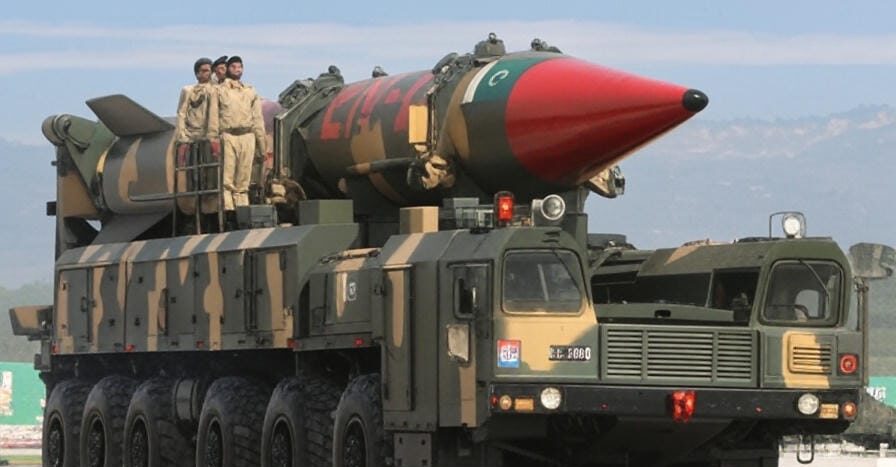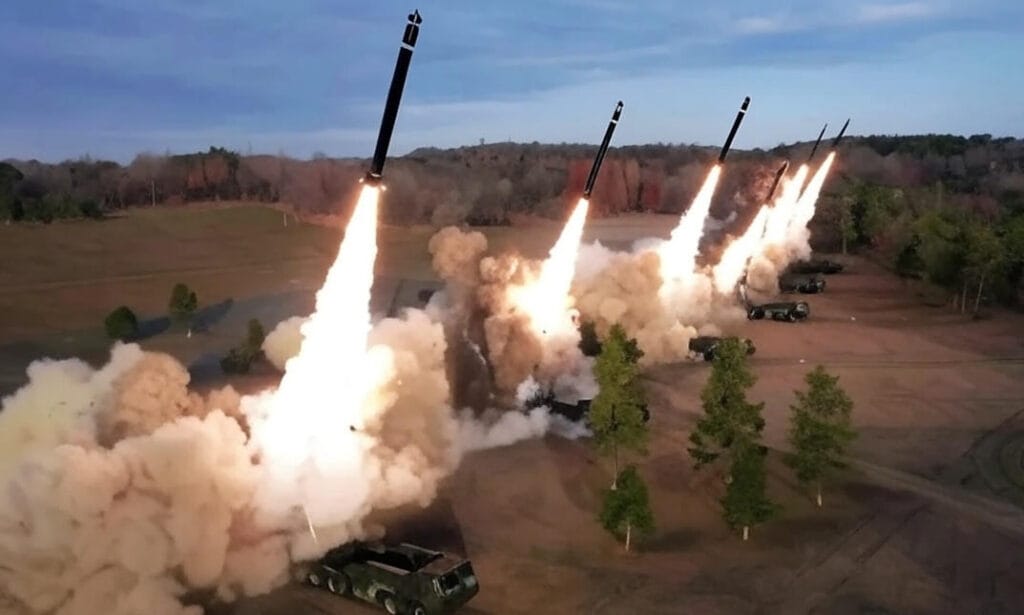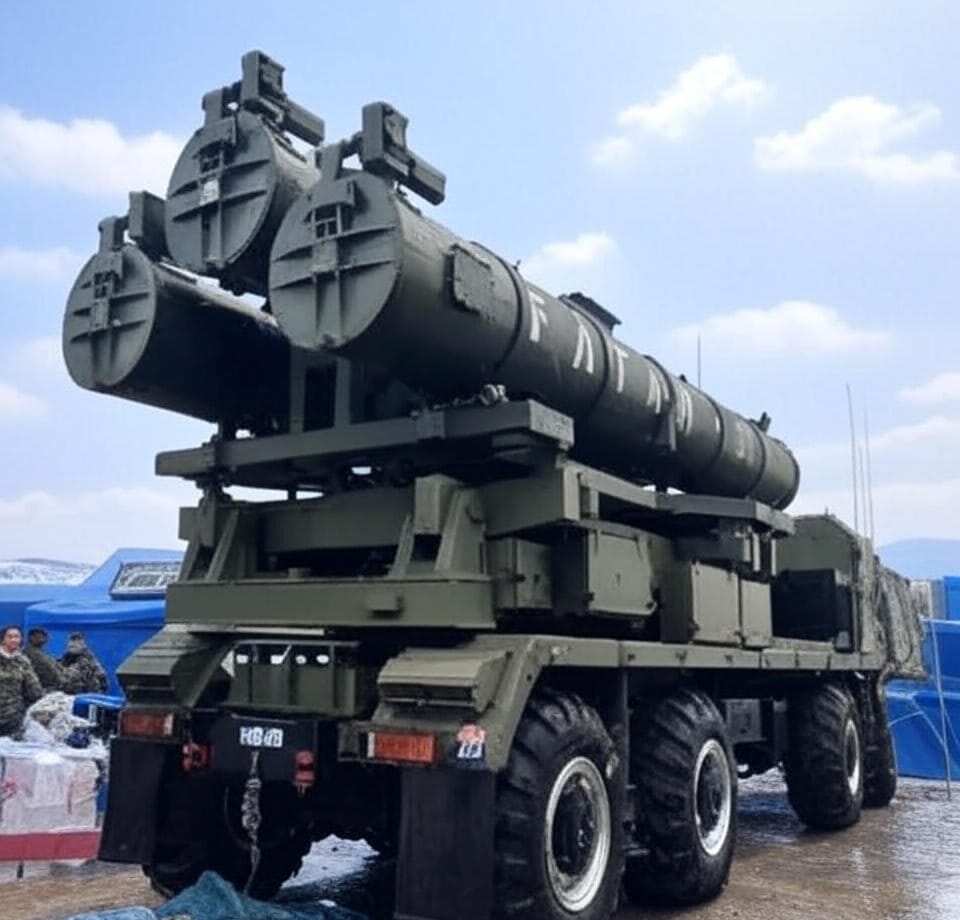
Islamabad, August 17, 2025 – On Pakistan’s 78th Independence Day, Prime Minister Shehbaz Sharif announced the establishment of the Army Rocket Force Command (ARFC), a transformative step in bolstering the nation’s conventional missile capabilities. Unveiled during a ceremony at Jinnah Sports Stadium, the ARFC aims to enhance Pakistan’s deterrence posture, particularly in response to the 2025 India-Pakistan conflict. This development, inspired by China’s People’s Liberation Army Rocket Force (PLARF), marks a strategic pivot in South Asia’s security landscape.
Origins and Strategic Context
The ARFC’s formation follows the brief but intense India-Pakistan conflict in May 2025, termed “Marka-i-Haq” (Battle of Truth) by Pakistani officials. The conflict exposed vulnerabilities in Pakistan’s long-range conventional strike capabilities, as India’s BrahMos missiles and S-400 air defense systems outperformed Pakistan’s Chinese-supplied arsenal. Prime Minister Sharif described the ARFC as a “milestone” to equip Pakistan with modern technology for rapid, precise strikes “from every direction.”
- Centralized Command: The ARFC, likely led by a Lieutenant General, unifies missile operations to streamline decision-making.
- Conventional Focus: Unlike the nuclear-focused Army Strategic Forces Command (ASFC), the ARFC emphasizes conventional warfare.
- Chinese Inspiration: Modeled on the PLARF, it integrates multi-domain operations, including air, cyber, and electronic warfare.
Capabilities and Arsenal

The ARFC commands an array of advanced missile systems, blending indigenous developments with Chinese technological support.
- Fatah Series: The Fatah-IV cruise missile, with a 750 km range and 5-meter circular error probable (CEP), enables precision strikes. Fatah-I (140 km) and Fatah-II (290–400 km) provide tactical flexibility.
- Babur Cruise Missile: Offers deep strikes with a range exceeding 700 km.
- Shaheen Series: Includes Shaheen-I/IA (750–900 km), Shaheen-II (2,000–2,500 km), and Shaheen-III (2,750 km) for strategic reach with conventional warheads.
- Nasr (Hatf-IX): A 70 km tactical ballistic missile targeting battlefield threats, countering India’s “Cold Start” doctrine.
- Chinese Systems: Incorporates A-100 multiple launch rocket systems (MLRS) and potentially HQ-19 anti-ballistic missiles.
- ISR Integration: Leverages drones, AWACS, and satellite-based targeting for network-centric operations.
Future plans may include hypersonic weapons, aligning with global missile technology trends.
Strategic Implications
The ARFC strengthens Pakistan’s deterrence by enabling rapid, massed missile salvos, shortening crisis response times.
- Escalation Risks: Dual-capable systems like Shaheen could blur conventional and nuclear thresholds, raising miscalculation risks.
- Pakistan-China Axis: Reliance on Chinese technology deepens military ties, potentially drawing Beijing into regional dynamics.
- Indian Response: India may counter with an Integrated Rocket Force (IRF), enhanced missile defenses (Akash, S-400), and offensive systems (BrahMos, Nirbhay, Pralay).
Challenges and Uncertainties

The ARFC faces significant hurdles in achieving its objectives.
- Economic Constraints: High costs may limit sustained investment in advanced systems.
- Technological Dependence: Reliance on Chinese support raises questions about autonomy.
- Doctrinal Integration: Effectiveness against India’s layered defenses and integration into military doctrine remain uncertain.
Regional and Global Impact
The ARFC signals a new phase in South Asia’s arms race, with broader implications.
- Indian Countermeasures: India may accelerate missile and defense programs, escalating regional competition.
- Global Attention: China and the United States will monitor developments, given the strategic stakes.
- Stability Concerns: Rapid strike capabilities could destabilize crisis scenarios, necessitating diplomatic engagement.
Conclusion
As Pakistan strengthens its conventional missile arsenal, the ARFC underscores the evolving nature of deterrence in South Asia. Its success hinges on balancing technological ambition with economic realities and navigating a volatile security environment. The international community will closely watch how this new command shapes the region’s strategic calculus, particularly as India responds to maintain its military edge on india.





